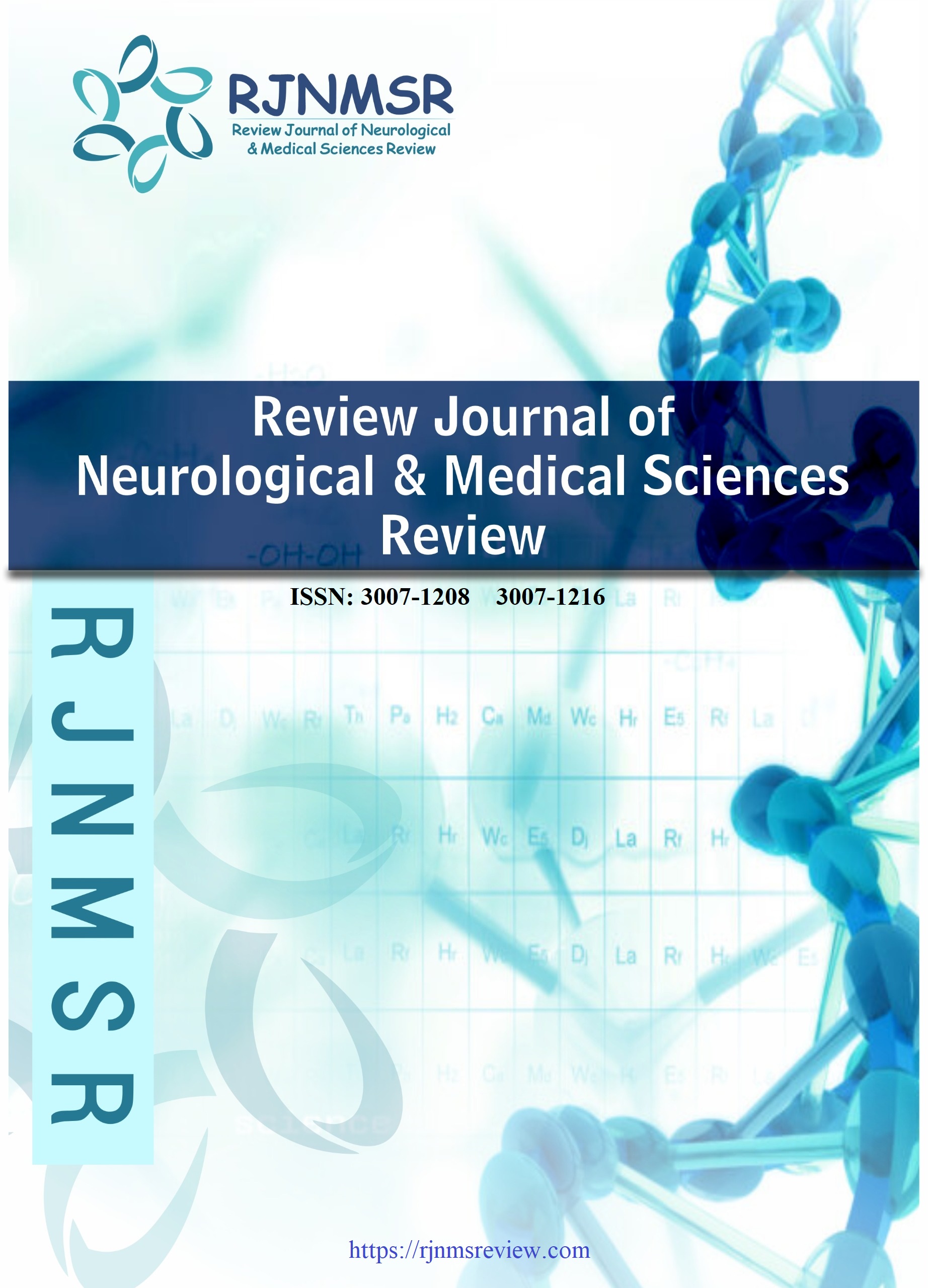EFFECTIVENESS OF TRANSCRANIAL MAGNETIC STIMULATION FOR MOTOR RECOVERY IN POST-STROKE PATIENTS: A SYSTEMATIC REVIEW
DOI:
https://doi.org/10.63075/dc5xa683Abstract
Background: Transcranial Magnetic Stimulation (TMS) is a non-invasive neuromodulated type of intervention influencing or regulating the activity of neurons, often through the action of chemicals like neurotransmitters or hormones, with growing interest in motor recovery of stroke rehabilitation, particularly for enhancing motor recovery.
Objective: To systematically review the evidence regarding the effectiveness of TMS in improving motor function among post-stroke patients.
Methods: This study is conducted as per Proffered Reporting Items for Systematic Reviews and Meta Analysis (PRISMA) checklist. systematic search of PubMed, PEDro and Cochrane Library was conducted for studies published between January 2010 and July 2025. Eligibility criteria included randomized controlled trials (RCTs) assessing the effects of repetitive TMS (rTMS) or paired associative stimulation on upper or lower limb motor recovery in adult stroke patients. Search strategy was comprised of (trans cranial magnetic stimulation) OR (Repetitive Transcranial Magnetic Stimulation) OR (Non-invasive brain stimulation) OR (Magnetic neurostimulation) OR (Magnetically induced neuromodulation) AND (motor recovery) OR (Functional Recovery) OR (Neurologic Rehabilitation)) AND (post-stroke patients) OR (Stroke survivors) OR (Post-cerebrovascular accident) OR (Post-stroke individuals) AND (randomized controlled trial). Methodological quality and risk of bias were assessed using the Cochrane ROB 2.0 tool.
Results: Out of 286 screened records, 23 RCTs (n = 357 participants) met inclusion criteria. The majority demonstrated statistically significant improvements in upper limb motor function using low-frequency rTMS to the contralesional hemisphere or high-frequency rTMS to the ipsilesional hemisphere. Functional outcome measures included Fugl-Meyer Assessment, Motor Activity Log, and 10-Meter Walk Test. Heterogeneity in protocols, stimulation parameters, and timing post-stroke was evident. Conclusion: TMS is effective in promoting motor recovery post-stroke, particularly for upper limb function. However, further standardization in intervention parameters and larger multicenter trials are needed to confirm long-term efficacy and safety.
Keywords: transcranial magnetic stimulation, stroke, motor recovery, rTMS, neurorehabilitation, systematic review

